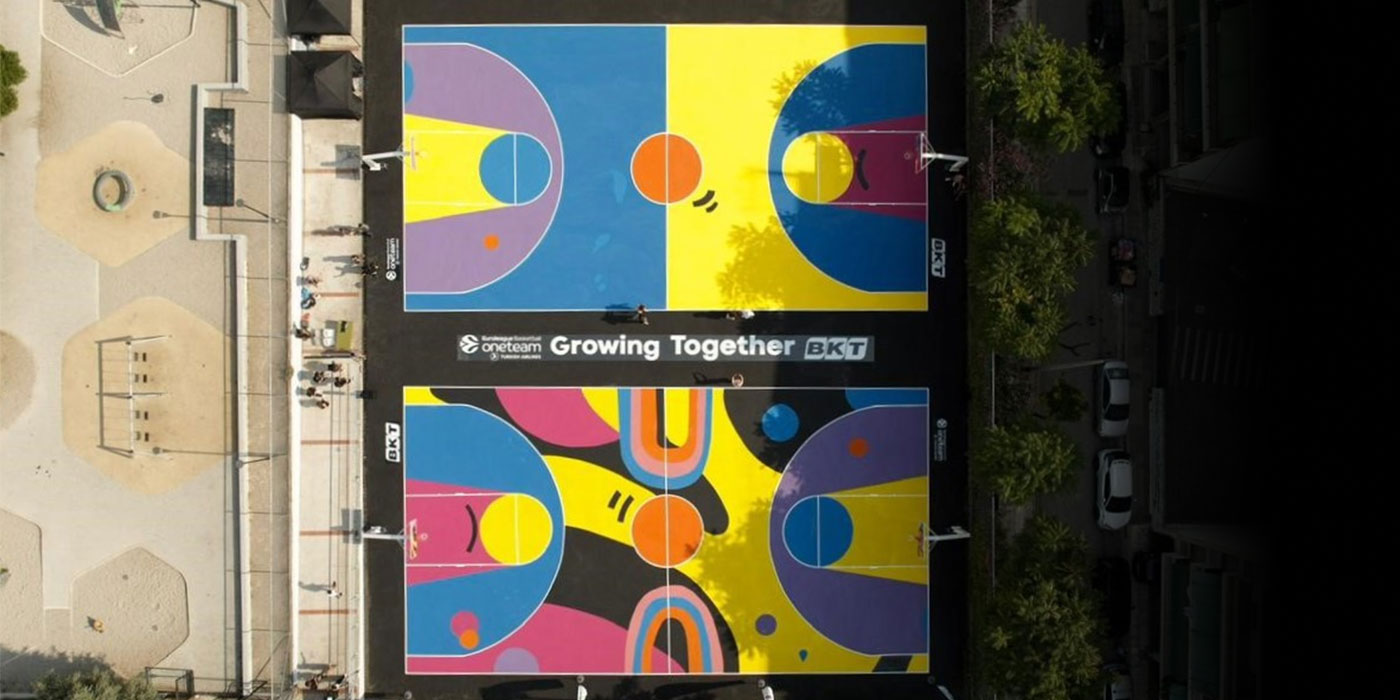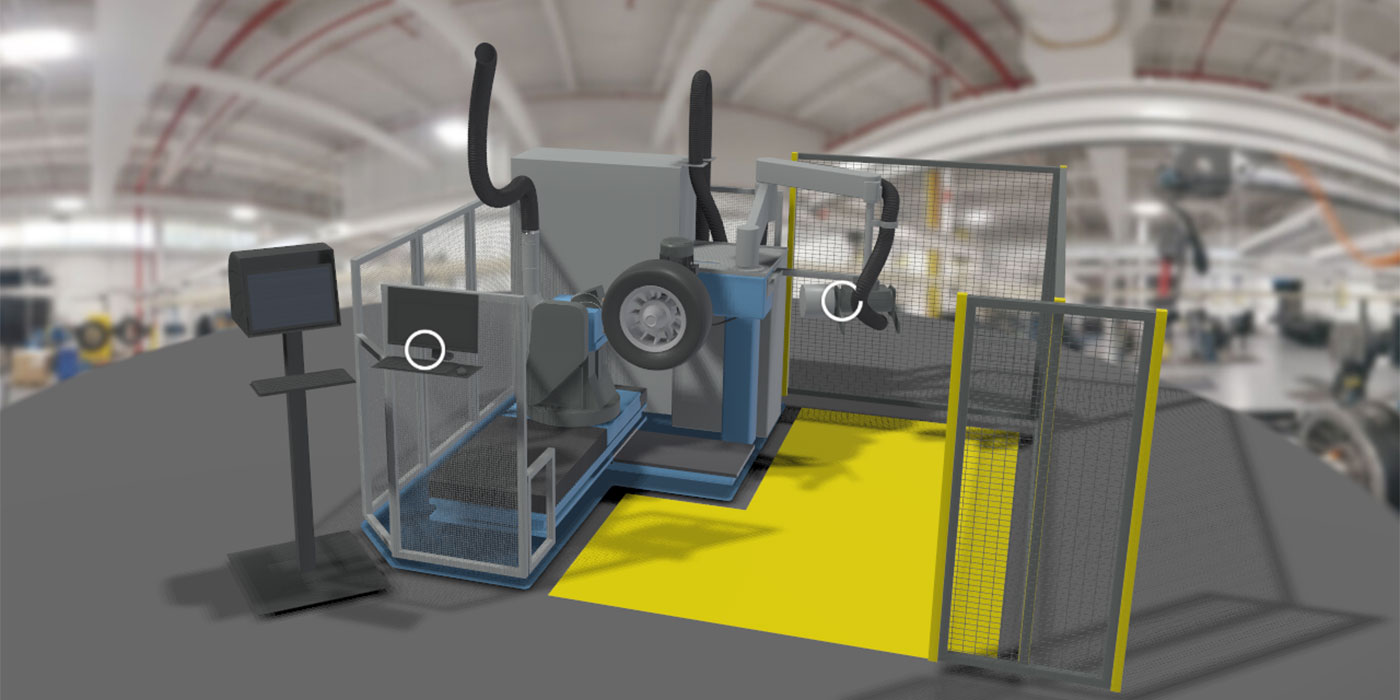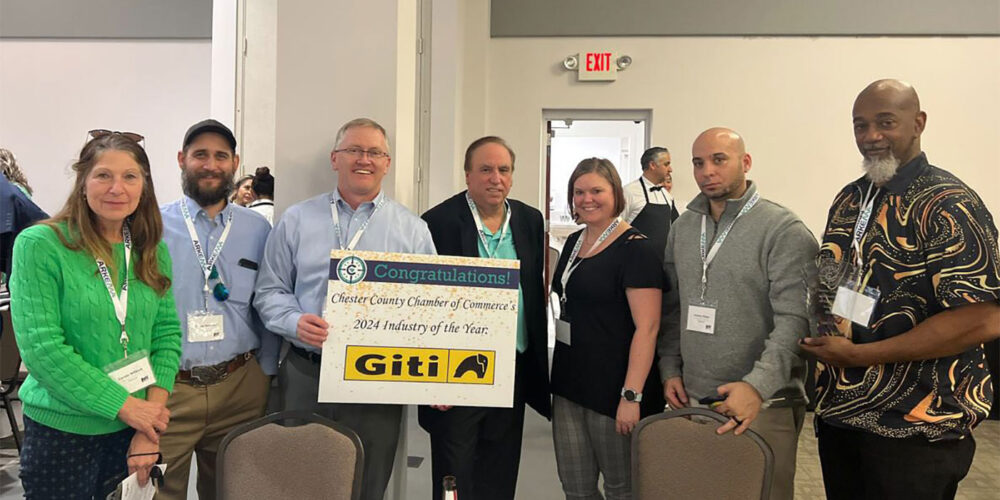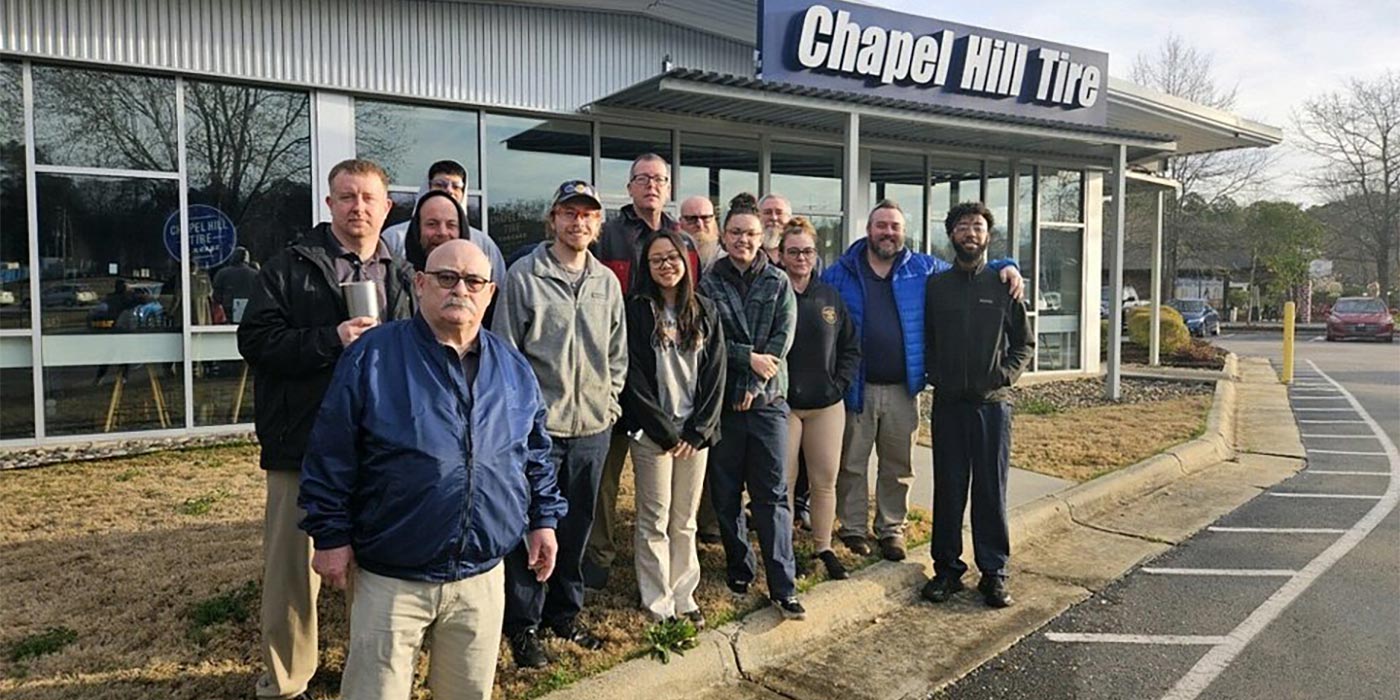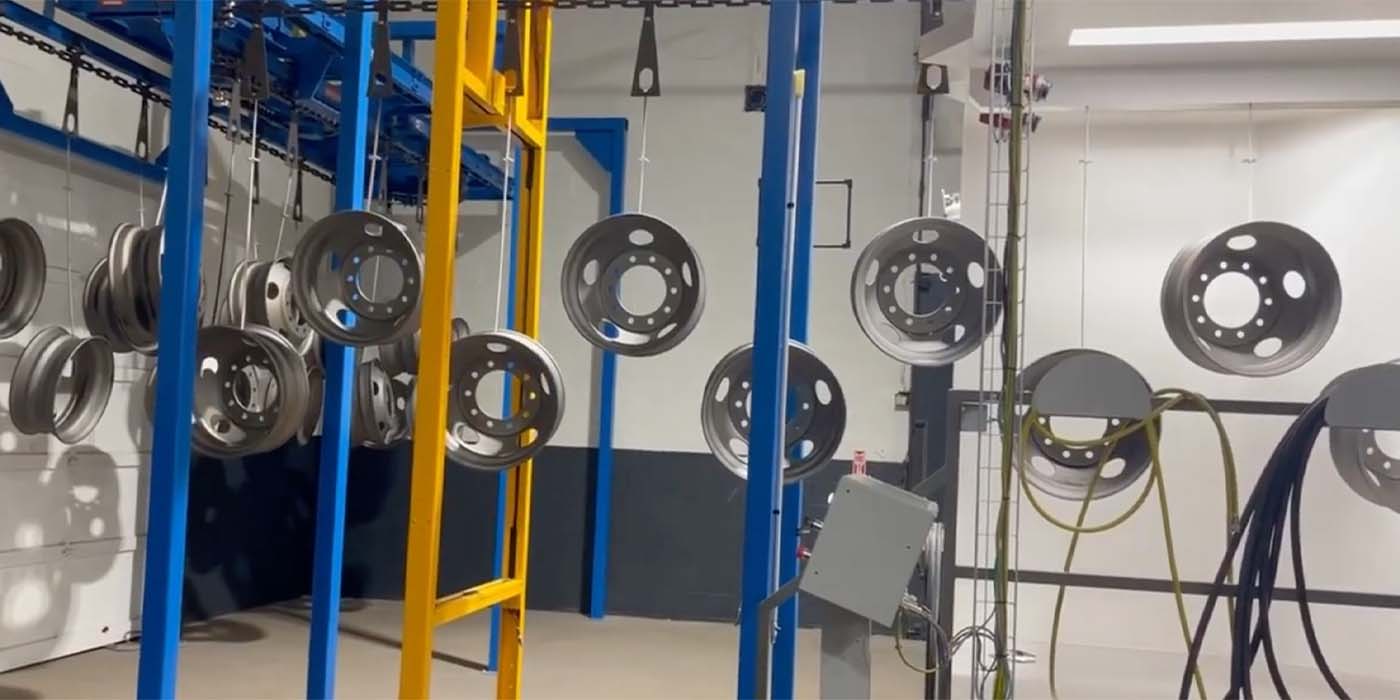For the first time in 20 years, the U.K. hosted the International Rubber Research and Development Board’s International Rubber Conference. 
The return to the country is well-timed; the Malaysian Rubber Board’s Tun Abdul Razak Research Center celebrates its 75th anniversary in 2013, effectively elongating the IRC into a week-long event culminating in a well-attended visit to the picturesque Brickendonbury Estate near Hertford, where TARRC is now based, and which for 20 years was the home of the IRRDB.
On June 24, the event, jointly organized by the IRRDB, the MRB and TARRC, opened in Mayfair’s Millennium hotel, with the morning sessions in particular providing topics of interest to tire manufacturers.
IRRDB chair and MRB director general Datuk Dr. Salmiah Ahmad opened proceedings with a thoughtful summary of the “global rubber industry in 2013, which continues to be affected by the sustainability of economic recovery.”
Sustainability was very much the agenda of the conference, while Ahmad put technological innovation in natural rubber in the context of the problems caused by economic crisis. “It is opportune that scientists, planners and experts connected with the world elastomer industry should get together to assess development, consolidate thinking, identify common interests, pool knowledge and formulate new strategies, which will serve the common interests of producers, traders and consumers alike.
“IRRDB is a research network, which brings together natural rubber research institutes in virtually all the natural rubber producing countries, covering 95% of world natural rubber production. Through IRRDB the need for harnessing the combined resources of natural rubber producing countries, coupled with opportunities to discuss projects or research advances, to pool scientific resources and to ensure a healthy exchange of information, is actively pursued.
“The rubber industry globally is keen to continue its economic prosperity, as it links several major elements of the economy and covers employment, investment, research and innovation. The future viability of the rubber industry is dependent on how well the industry fulfills the requirement and progresses towards sustainability. In essence sustainability concerns the conservation of natural resources, including our environment and ecological system, while achieving a balance of social, economic and environmental aspects. In order to achieve sustainable development and eventual sustainability, all players in the industry – from smallholders, estates, processors, manufacturers and government agencies (including regulators) will have to play their role proactively at the individual and at the industrial stage. New approaches are definitely required to integrate an equation of solutions to upstream, midstream and downstream problems, while incorporating sustainability.”
Ahmad said that future demand for natural rubber depends to a large extent on the level of expected consumption in the transportation sector, since it accounts for 75%-80% of rubber used. Factors affecting the future usage of rubber include: forecasting demand for both natural rubber and synthetic rubber in this sector involves considering the chemical, engineering, economic and commercial potential of elastomer as an industrial raw material.
“The natural rubber industry has made a very significant contribution to the economic development of southeast Asia in general and Malaysia in particular,” Ahmad continued. “Despite the rapid dominance of oil in recent years, rubber is still a major foreign exchange earner, contributing about $12.2 billion in 2012. There are at least 420,000 smallholders who are directly dependent on the industry. These are the politician’s voters! We really have to think carefully about our smallholders. Natural rubber will therefore continue to be a major element in the Malaysian economy.
“The global natural rubber industry cannot remain static. An innovative strategy is required to enable the industry to face the dynamic changes taking place both nationally and in the consuming countries. Central to this new strategies are coordinated as research and development activities that have a direct bearing on the industry’s continued viability and efficiency. In the past we were able to triumph over the worst situation, and that is because of our remarkable research contributions.
“Recognizing the achievement of TARRC, it has ensured significant research achievements, both for the rubber industry in general and the Malaysian natural rubber industry in particular. We cannot rely on past achievements and simply hope that they will be sufficient to ensure our future. The present challenges are acute, and the changing circumstances call for vigorous vigilance and further intensification of research and development efforts to ensure the profitability of investment in natural rubber.
“More specifically the main thrust of research and development activities should be to develop intensified measures for raising productivity through increased yield; to accelerate the immature period of large scale commercial planting; to direct special efforts at mechanization and labor saving devices; to ensure the effective transfer of research innovation to smallholders to capitalize and assist in the expansion of the rubber industry; to continue to upgrade the technical quality of natural rubber to meet the increasingly stringent customer requirements; to continue finding new uses for natural rubber; and to exploit its technological advantages further.
“Through science and technology, we have revolutionized the industry to such an extent that natural rubber is no longer regarded as simply an agricultural commodity, but as an industrial performance material of technical excellence and high economic value.”
Stephen Evans, the secretary general of the International Rubber Study Group, sought to provide a note of controversy with his conference-opening paper, questioning whether the mutual interest of providing sustainable natural rubber could be better supported through an integrated rubber value chain strategy.
Thailand, Indonesia and Malaysia as the three biggest producers of natural rubber and yet are currently consuming very little. Therefore production size is largely dependent on exports, leaving them “at the mercy of the global commodities market,” Dr. Evans said. It also “magnifies the boom and bust cycle,” which doesn’t help the smallholders, characterized by Evans as “vital cogs in the wheel, since the industry doesn’t exist without them.”
Dr. Evans contended that because the value chain is so complex, the natural rubber market currently works to the detriment of smallholders and consumers. He says producing and selling is “strategically flawed.”
Having said that, consumer countries are dependent on large volumes of imports, which are likewise at the mercy of the commodities markets, and therefore magnify the boom and bust cycle for them, too. “Ultimately there’s two sides of the coin – the producers and the consumers – both suffering from the same characteristics,” Evans said. He would encourage these sides working together “to mitigate a lot of this volatility.”
Thailand and Indonesia have aggressively grown their production of natural rubber, but there is relatively little activity in consumption. It’s a different picture in India and China, where tires have been growing aggressively. In fact, based on the growth in demand in these and other growing markets for tires (tires account for 70% of all natural rubber consumption, Dr. Evans said) it is taken as a given that more natural rubber will have to be produced.
The interesting thing about this is that it is not countries that are consuming the natural rubber, but companies: the top five companies consume 50% of the rubber, while the top 20 companies account for 80%. And this, Dr. Evans says, is why he views natural rubber supply as “a simple value chain” – because there are so few companies involved.
In synthetic rubber, it’s a similar picture; the companies that are producing the synthetic rubber are the same as those that are consuming it. Seventy-five percent of synthetic rubber is produced by 20 companies. “Pretty simple stuff,” Evans concludes.
“I would say that opportunities need to be created to encourage an environment for inward investment, leading to the consumption of more natural rubber at its point of production. The producing countries should create a centrally connected forum – I would suggest individually first of all, before there is a multi-country basis – to discuss and review what is in the interest of the country as a whole and develop a strategic industry perspective. I would argue that India and China have already got that perspective; they’ve already put all the pieces of the jigsaw puzzle together.
Dr. Evans also suggested that stakeholders need to come together to work on generic projects like sustainability. “I believe that the game would only change for the better if the producers’ governments and the consuming industry leaders could work together to define a strategic win-win environment to support rubber cultivation.”
The need for this action plan comes as the need to provide more rubber increases and corporate responsibility calls for the sustainability of the supply chain to be assured. “The pressure is coming,” Dr. Evans warns, “but does the natural rubber producing industry want to step on board and be a game-changer in this process?” The IRSG has set up a working group on this topic, and Dr. Evans hopes to support a “public-private partnership with multi-stakeholder leadership”, with the effect of improving productivity, natural rubber quality, forest sustainability, optimized waste and energy management and workers’ human rights. (Tyres & Accessories)

